| Selo | Wheatmark |
|---|---|
| Edição | 0 |
| Idioma | Inglês |
| Autores | Fred Burbank |
| Acabamento | Capa Comum |
| Quantidade de Páginas | 296 |
| Origem | Literatura Estrangeira |
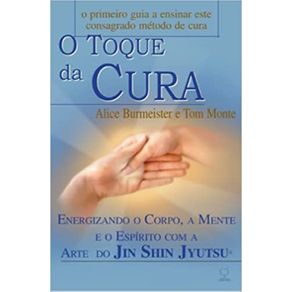 O Toque da Cura
O Toque da Cura
Aquariana
R$ 55,00 à vista Dieta do equilíbrio: A melhor dieta anticâncer
Dieta do equilíbrio: A melhor dieta anticâncer
e-galáxia
R$ 75,00 à vista Causas Não Naturais (0507)
Causas Não Naturais (0507)
Darkside
R$ 89,90 à vista Jovem para sempre
Jovem para sempre
Editora Sextante
R$ 59,90 à vista De tentante a gestante: Como a medicina chinesa iluminou minha caminhada á maternidade
De tentante a gestante: Como a medicina chinesa iluminou minha caminhada á maternidade
Editora Viseu
R$ 65,90 à vista Pensar, comer, se amar
Pensar, comer, se amar
Editora Viseu
R$ 35,90 à vista Cigarro
Cigarro
Editora Viseu
R$ 52,90 à vista Maternidade em cena
Maternidade em cena
Editora Viseu
R$ 34,90 à vista Detox essencial
Detox essencial
Editora Viseu
R$ 31,90 à vista TDAH Descomplicado: Tudo que os pais devem saber para ajudar seus filhos
TDAH Descomplicado: Tudo que os pais devem saber para ajudar seus filhos
Editora Viseu
R$ 45,90 à vista O cérebro 4.0: Como usar sua mente para uma vida mais saudável, feliz e próspera
O cérebro 4.0: Como usar sua mente para uma vida mais saudável, feliz e próspera
Editora Viseu
R$ 38,90 à vista Implants and Oral Rehabilitation of the Atrophic Maxilla
Implants and Oral Rehabilitation of the Atrophic Maxilla
Springer Nature B.V.
R$ 316,95 ou até 3x sem juros Carnivore Code
Carnivore Code
HARPERCOLLINS
R$ 167,90 ou até 3x sem juros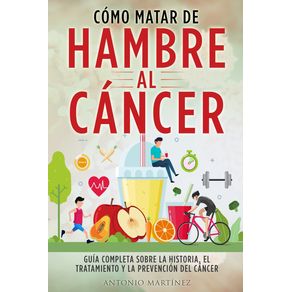 CÓMO MATAR DE HAMBRE AL CÁNCER
CÓMO MATAR DE HAMBRE AL CÁNCER
Antonio Martínez
R$ 149,83 ou até 2x sem juros Uterine Therapeutics
Uterine Therapeutics
Legare Street Press
R$ 334,09 ou até 3x sem juros O alzheimer visto pela lente do amor
O alzheimer visto pela lente do amor
Ases da Literatura
R$ 49,90 à vista Causas Não Naturais (0507)
Causas Não Naturais (0507)
Darkside
R$ 89,90 à vista De tentante a gestante: Como a medicina chinesa iluminou minha caminhada á maternidade
De tentante a gestante: Como a medicina chinesa iluminou minha caminhada á maternidade
Editora Viseu
R$ 65,90 à vista Pensar, comer, se amar
Pensar, comer, se amar
Editora Viseu
R$ 35,90 à vista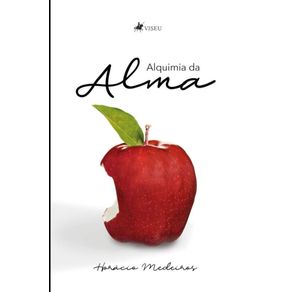 Alquimia da alma
Alquimia da alma
Editora Viseu
R$ 56,90 à vista O encostamento de ex-militares temporários do exército brasileiro
O encostamento de ex-militares temporários do exército brasileiro
Editora Viseu
R$ 51,90 à vista Ear Candling
Ear Candling
Draft2Digital
R$ 161,14 ou até 3x sem juros Vagus Nerve
Vagus Nerve
Draft2Digital
R$ 136,71 ou até 2x sem juros Understanding Cancer
Understanding Cancer
Springer Nature B.V.
R$ 316,01 ou até 3x sem juros Topographic Labiaplasty
Topographic Labiaplasty
Springer Nature B.V.
R$ 343,04 ou até 3x sem juros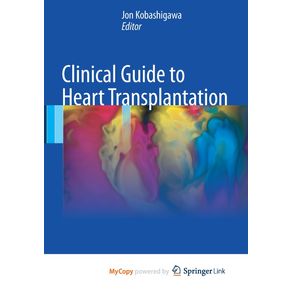 Clinical Guide to Heart Transplantation
Clinical Guide to Heart Transplantation
Springer Nature B.V.
R$ 331,76 ou até 3x sem juros Psychopharmacology for Nonpsychiatrists
Psychopharmacology for Nonpsychiatrists
Springer Nature B.V.
R$ 711,14 ou até 3x sem juros CÓMO MATAR DE HAMBRE AL CÁNCER
CÓMO MATAR DE HAMBRE AL CÁNCER
Antonio Martínez
R$ 149,83 ou até 2x sem juros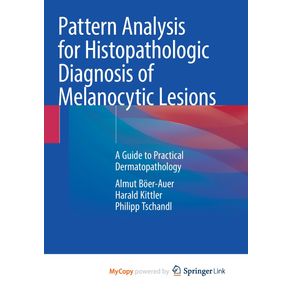 Pattern Analysis for Histopathologic Diagnosis of Melanocytic Lesions
Pattern Analysis for Histopathologic Diagnosis of Melanocytic Lesions
Springer Nature B.V.
R$ 332,83 ou até 3x sem juros Uterine Therapeutics
Uterine Therapeutics
Legare Street Press
R$ 334,09 ou até 3x sem juros Dieta do equilíbrio: A melhor dieta anticâncer
Dieta do equilíbrio: A melhor dieta anticâncer
e-galáxia
R$ 75,00 à vista Só Fluxos
Só Fluxos
Jin Shin Jyutsu Brasil
R$ 269,50 ou até 3x sem juros Auditoria Médica: Sob o enfoque da ética médica
Auditoria Médica: Sob o enfoque da ética médica
HAIKAI EDITORA
R$ 72,00 à vista Causas Não Naturais (0507)
Causas Não Naturais (0507)
Darkside
R$ 89,90 à vista Jovem para sempre
Jovem para sempre
Editora Sextante
R$ 59,90 à vista Como ser um idoso feliz
Como ser um idoso feliz
Editora Viseu
R$ 55,90 à vista Cigarro
Cigarro
Editora Viseu
R$ 52,90 à vista Maternidade em cena
Maternidade em cena
Editora Viseu
R$ 34,90 à vista Ensaios de psicologia hospitalar
Ensaios de psicologia hospitalar
Editora Viseu
R$ 32,90 à vista TDAH Descomplicado: Tudo que os pais devem saber para ajudar seus filhos
TDAH Descomplicado: Tudo que os pais devem saber para ajudar seus filhos
Editora Viseu
R$ 45,90 à vista Envelhecimento e saúde; Programa de atividade física
Envelhecimento e saúde; Programa de atividade física
Editora Viseu
R$ 57,90 à vista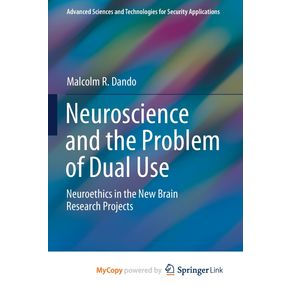 Neuroscience and the Problem of Dual Use
Neuroscience and the Problem of Dual Use
Springer Nature B.V.
R$ 345,06 ou até 3x sem juros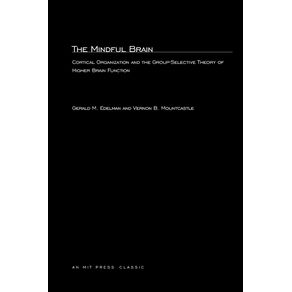 The Mindful Brain
The Mindful Brain
Random House
R$ 166,18 ou até 3x sem juros Pattern Analysis for Histopathologic Diagnosis of Melanocytic Lesions
Pattern Analysis for Histopathologic Diagnosis of Melanocytic Lesions
Springer Nature B.V.
R$ 332,83 ou até 3x sem juros Medical Terminology
Medical Terminology
MedicFluent
R$ 125,20 ou até 2x sem juros